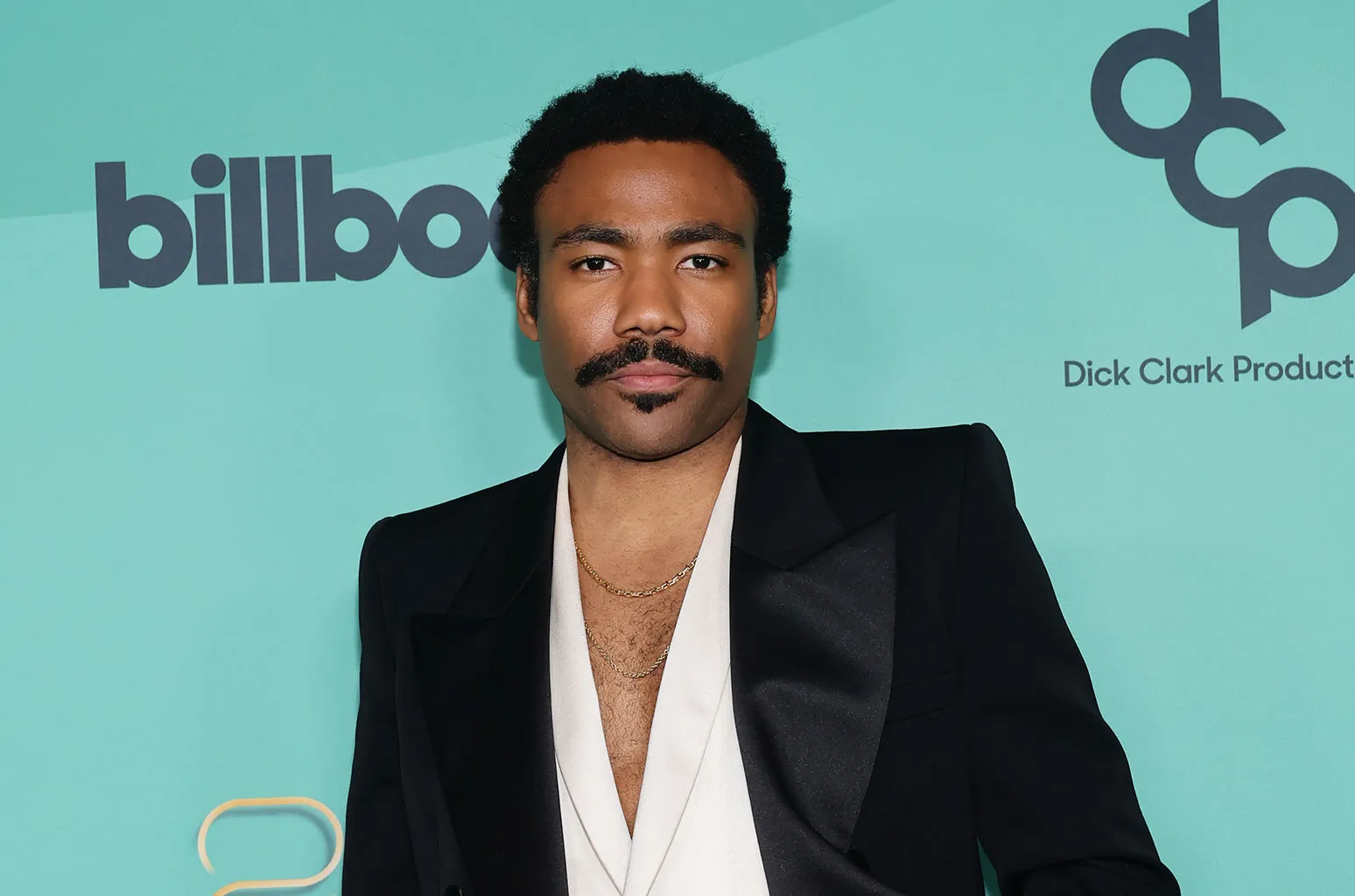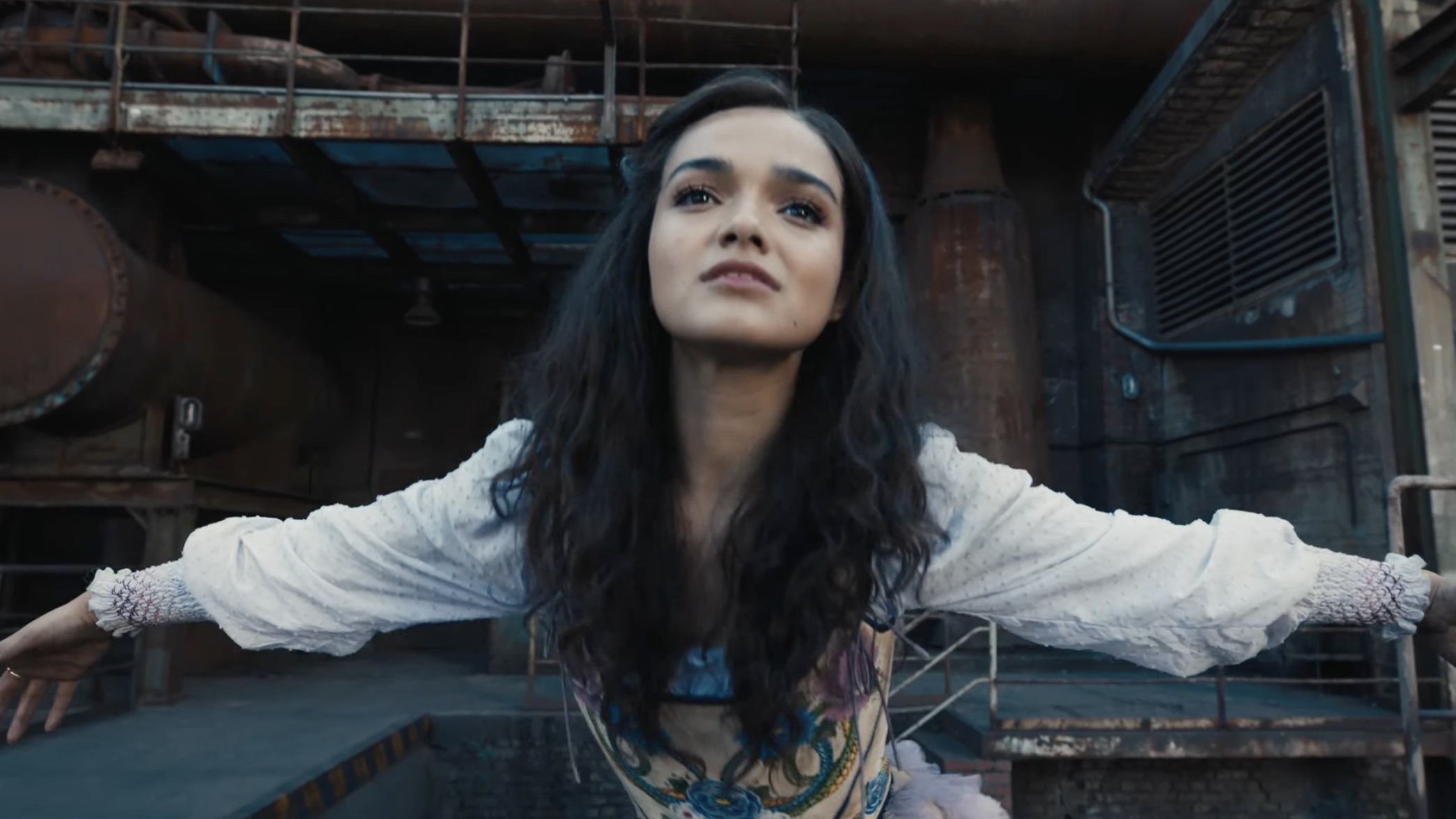
Is the Hollywood Studio System Facing Extinction? Francis Coppola’s Quest for a New Era
A century ago, the legendary Louis B. Mayer had a vision to unite “all the stars in heaven” under the banner of his filmmaking empire. His dream factory, once a powerhouse, now appears to be navigating turbulent waters amidst the shifting sands of streaming platforms and traditional linear TV.
Though some still champion the traditional studio system, one notable advocate is Francis Coppola, who has made not one, but three attempts to reinvent the studio model. His intriguing journey, filled with both promise and peculiarity, is vividly chronicled in a captivating new book by Sam Wasson, titled “Path to Paradise.”
Coppola’s ambition was to transform the brilliance of “The Godfather” and “Apocalypse Now” into a sustainable filmmaking enterprise. Yet, his endeavors were thwarted by two formidable challenges: the idiosyncrasies of his management style and the fragility of his infrastructure.
Zoetrope, Coppola’s brainchild, aimed to be a haven for creatives deeply committed to the art of cinema. Despite facing setbacks on three separate occasions, Coppola recently resurfaced in Venice, showcasing excerpts from his latest creation, “Megalopolis,” and a re-edited version of his 1982 romantic musical, “One From the Heart” – a project that met with mixed fortunes.
With “Megalopolis,” a venture financed entirely from Coppola’s own pocket to the tune of $140 million, soon to be offered to distributors worldwide, the Zoetrope brand is poised for a revival. Can Coppola succeed this time? Sam Wasson cautiously suggests, “It’s time for Hollywood to embrace a new kind of studio system, and Francis has the right idea: With the proper infrastructure, talent, and new technologies, his concept ensures a balance of risk and security for filmmakers plus quality product for audiences.”
However, skeptics may argue that launching a new studio comes at a precarious moment in the film industry’s history, given the ongoing transformations in the movie market and the emergence of diverse viewing platforms.
Coppola’s journey in the film industry began in the early 1960s when he churned out a series of ambitious low-budget films like “You’re a Big Boy Now” and “The Rain People.” Collaborating with his friend George Lucas, Zoetrope secured backing from Warner Bros. for indie films, including “American Graffiti.”
However, when Warner Bros. reviewed the scripts and footage, they abruptly pulled the plug, demanding Coppola to reimburse the $300,000 in development costs. Their rationale? “We don’t want to make hippie pictures, we want to make ‘audience movies’ like ‘Love Story,'” declared John Calley, the studio’s production chief.
Two decades later, Coppola, undeterred, sought to harness the monumental success of “The Godfather” to resurrect Zoetrope. This attempt, too, ran aground amidst the tumultuous production of “Apocalypse Now” – the iconic 1979 film that bore witness to a litany of behind-the-scenes calamities, as recounted in Wasson’s book. The movie mirrored not only the disintegration of its central character, Colonel Kurtz (played by Marlon Brando), but also its director’s emotional unraveling.
Marlon Brando, earning a staggering $1 million per week, arrived on set nearly 100 pounds overweight, having barely glanced at the script. Instead, he spent most of his three-week tenure closeted with Coppola, struggling to improvise his lines.
Despite receiving critical acclaim, “Apocalypse Now” provided Coppola with the impetus for yet another revival of Zoetrope, this time involving the acquisition of an aging Hollywood studio facility to be primarily run by friends and fans, who, unfortunately, possessed minimal knowledge of studio management.
Coppola’s cinematic obsession at that time centered on a Las Vegas musical titled “One from the Heart,” based on an original screenplay by Armyan Bernstein. Originally conceived as a modest-budget project, Coppola opted for an audacious $23 million production, complete with elaborate Vegas sets, all within a short flight of the real Vegas.
Yet, his vision extended beyond traditional filmmaking. He sought to pioneer “live cinema,” an innovative approach that enabled complex shots to be captured in a single setup, thereby saving time and money without compromising quality.
The initial screening of “One from the Heart” at Radio City Music Hall, however, proved disastrous, resulting in Hollywood’s elite distancing themselves from Coppola and his staggering $30 million debt. Barry Diller, Paramount’s chief at the time, remarked, “Coppola is a national resource without the resource.”
Hollywood appeared to reject not only Coppola’s movie but also the entire concept of his “studio of the future.” Wasson laments, “The studios wanted Coppola to go back to being a director-for-hire and not mess around with their business plans.”
Complying with this mandate, Coppola produced a series of relatively conventional films, such as “Gardens of Stone,” “Peggy Sue Got Married,” and “Dracula” (a box office success). He also directed a string of smaller films, including “Tetro” and “Youth Without Youth,” exploring his concept of electronic cinema, though they failed to capture a substantial audience. His ambitious project to create a 16-hour experimental film titled “Elective Affinities,” based on a novel by Johann von Goethe, never came to fruition.
Before crafting “Path to Paradise,” Wasson authored several well-received books, including “The Big Goodbye,” which delves into the making of “Chinatown,” and “The Oral History of Hollywood,” co-written with Jeanine Basinger. Drawing from the American Film Institute’s extensive collection of recorded tapes featuring Hollywood’s luminaries, Wasson skillfully weaves Coppola into the rich tapestry of Hollywood’s history.
So, does Francis Coppola belong among the pantheon of cinematic greats? Wasson emphatically responds with a “yes,” and Coppola himself demonstrates resilience in the face of adversity, suggesting that his story may have many chapters yet to be written in the annals of Hollywood’s ever-evolving narrative.



